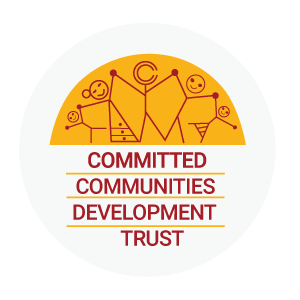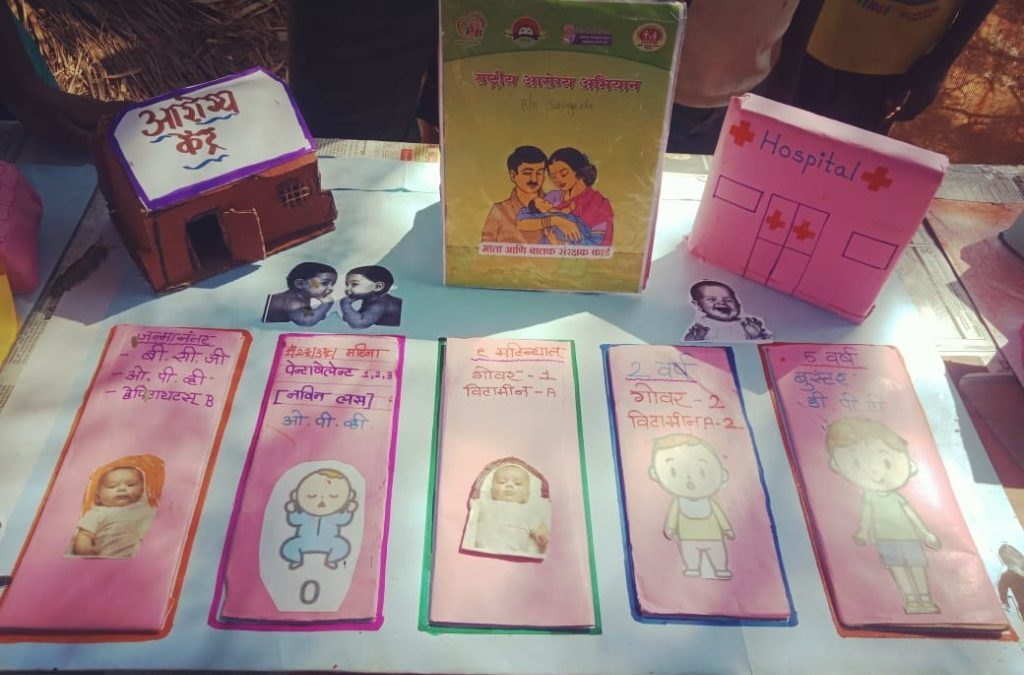While most marginalized communities in India struggle to access quality healthcare, the challenges of tribal communities are magnified due to their socio-economic status, geographical remoteness and low literacy and further compounded by decades of discrimination, violation of rights.
Tribal communities lag behind the national average on several vital public health indicators, with women and children being the most vulnerable. Compared to the rest of the country, tribal women struggle to access adequate maternal health services across the continuum of care. UNICEF findings suggest that more than half of all maternal deaths in India occur in tribal communities. Poor health plagues not just tribal mothers, but also their children. Mortality rates among tribal children are among the highest in the nation by a significant margin. The Infant Mortality Rate (IMR) among tribal children is 30% higher than the national average and 61% higher for tribal children under-five (UNICEF, 2014). Not only do tribal children lag behind, but they are also the slowest to benefit from any progress on the health front.
Although the government has formulated special programs for tribal communities and allocated significant resources to bring them from margins to center, they still occupy the fringes. This World Health Day, public health experts emphasize the need for “Health for All: Everyone, Everywhere”. Key to achieving it is ensuring that everyone has access to the quality health services they need, when they need it, right in the heart of the community, without financial hardship. Thus, CCDT in partnership with Plan India has endeavored to strengthen the health of India’s most marginalized tribals, by enhancing the maternal and child health and nutrition of the deprived-tribal communities living in Adivasi padas of Sanjay Gandhi National Park in Borivali and Aarey Colony in Goregaon, Mumbai.
Building Local Monitoring Mechanism:
As the most successful and sustainable health programs are those that are community-led, CCDT empowers communities to take charge of their health needs. Thus, through its Sahyog program CCDT built the capacity of community members to demand public health services, increase their uptake of these services, as well as monitor service delivery and advocate for government accountability.
The program involved target beneficiaries, from each of the tribal hamlets including pregnant women, lactating mothers, adolescents and the community at large in ensuring program outcomes. To do so, the team has worked toward the formation and strengthening of Mata Samitis, Community Based Monitoring Groups and Adolescent peer educators.
1- Mata Samitis:
Currently, there are 10 Anganwadi centers across 22 hamlets covered under Sahyog. The team has facilitated the formation of 10 Mata Samitis, which comprise a committee of women from the community for each of these Anganwadi centers, to supervise ICDS service delivery and ensure accountability of service providers. These Mata Samitis currently have 90 members.

The Mata Samiti members have been equipped with knowledge of ICDS services and their role in monitoring the same. The members now hold monthly meetings along with Anganwadi workers from their respective areas to determine dates for weighing activities, timings for Take Home Ration (THR) distribution etc. The Mata Samiti members not only monitor the adequate supply, quality and distribution of THR but also jointly conduct nutrition demonstrations with Anganwadi worker to increase the uptake of THR. The members monitor that the Anganwadi centers are functioning on a daily basis and are attended regularly by all the children between 3-6 years. When these members come across pregnant women, lactating women and children up to 6 years who are not accessing ICDS services, they refer and connect them to the center. The Mata Samiti members also liaison with Anganwadi workers to bring these left out beneficiaries in the fold of ICDS. Furthermore, they have been advocating with the community and generating the demand for making Anganwadis services accessible in the unreached hamlets which has no ICDS.
2- Community-Based Monitoring Groups:
The program has strengthened a cadre of community members by forming Community Based Monitoring (CBM) Groups. There are 15 CBM Groups across 22 hamlets of Borivali and Goregaon comprising 300 members. The groups include key decision makers within the community as well as members of self-help groups, adolescents, youth — whilst ensuring representation of male and female members. The members have been empowered by building their perspective on health, nutrition and WASH and linkages amongst them. The program has strengthened their leadership skills as well. The CBM groups are now identifying community issues on WASH, liaisoning with government health and allied system and services and advocating to address these issues.The CBM groups are partnering together to create awareness on WASH and build a common understanding of community issues and the ground realities. Thus, the CBM groups are functioning as the eyes and ears of the community thereby strengthening local monitoring mechanisms so that issues at the community level are identified, voiced, advocated and addressed.

3- Adolescent peer educators:
Peer-to-peer learning is one of the most effective ways of creating awareness as well as motivating adolescents to make informed decisions. When adolescents take the lead in advocating for health, there is a better response from and higher acceptance within the community. The program has been continually engaging with adolescents between 10-18 years on various health and WASH components. There are 15 groups of adolescents across 22 hamlets with 325 adolescents. The adolescents have been trained on using drama and street play as mediums to reach out to the community and create awareness on various issues of health and WASH. The adolescents are now proactively promoting health and WASH by engaging other community members.


Recently to mark the World Health Day and World Immunization week, these adolescent leaders took on the crusade to create awareness on making ‘Health for All’ a reality. Young minds across the 22 hamlets of Sanjay Gandhi National Park prepared 3D models and posters on accessing primary health care services including immunisation, malaria, T.B. They also emphasized on the importance of sanitation and healthy food habits. These health advocates received an overwhelming response where 1075 community members across various hamlets actively participated and appreciated the initiative. The exhibition boosted the confidence of adolescents to step ahead and be the catalyst of change in their own communities.

The program thus engages and empowers community members and enhances their participation and pro-active role in addressing issues of maternal and child health and nutrition within the community, thus building strong community-led monitoring mechanisms. The intensively trained committee members and strong adolescent peer educators are now leading the process of sustainable social change in their communities.


Recent Comments